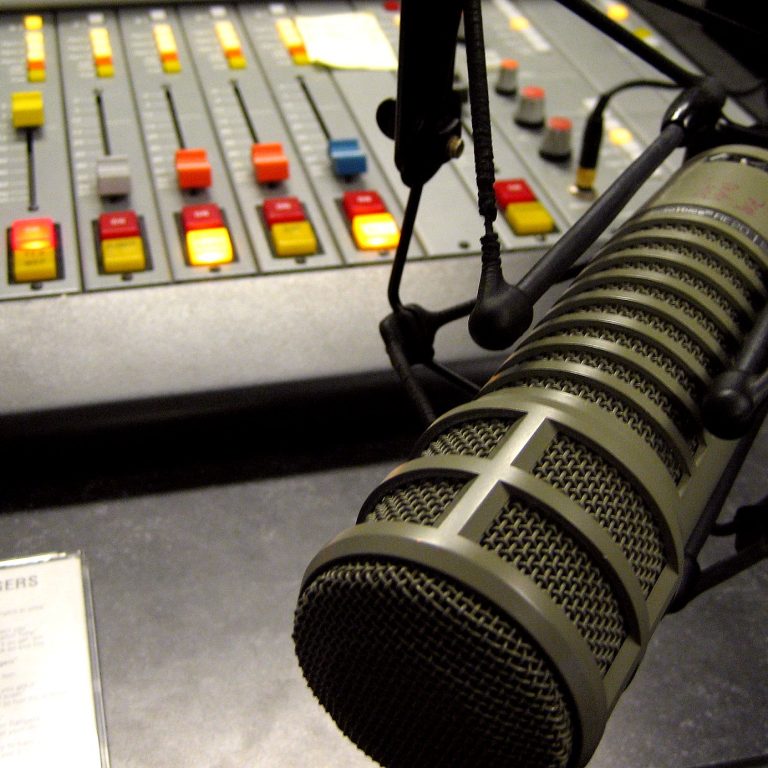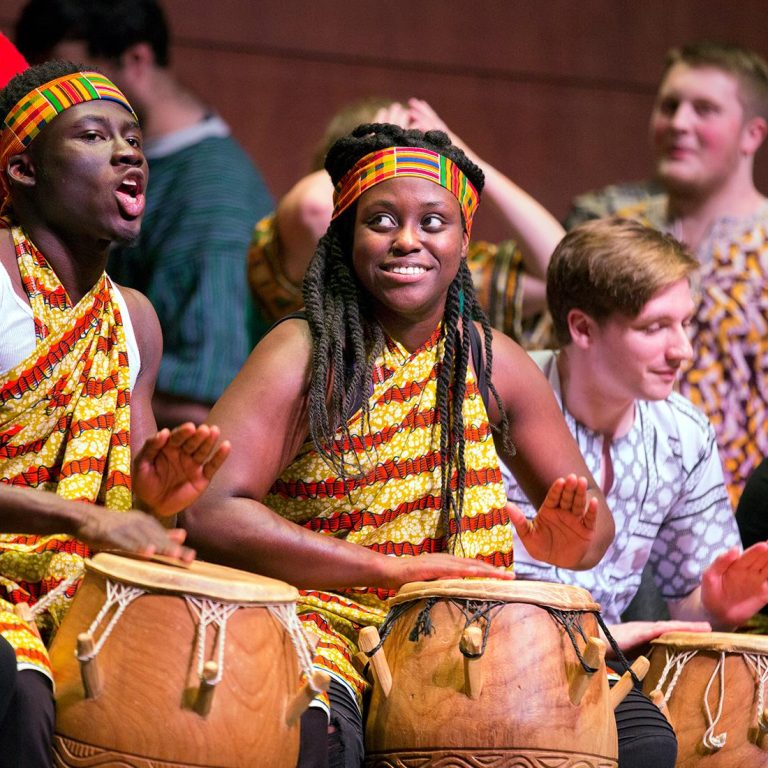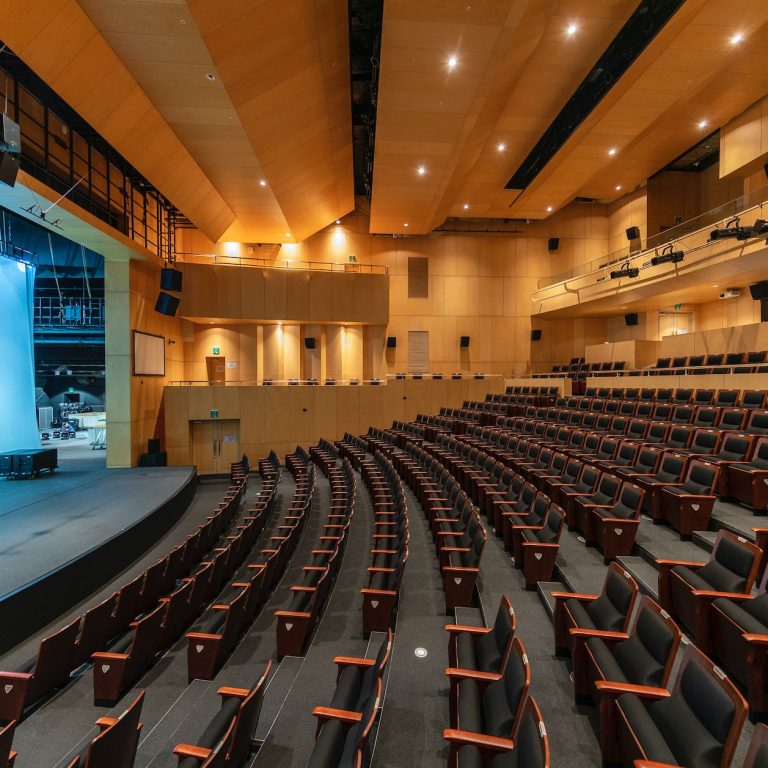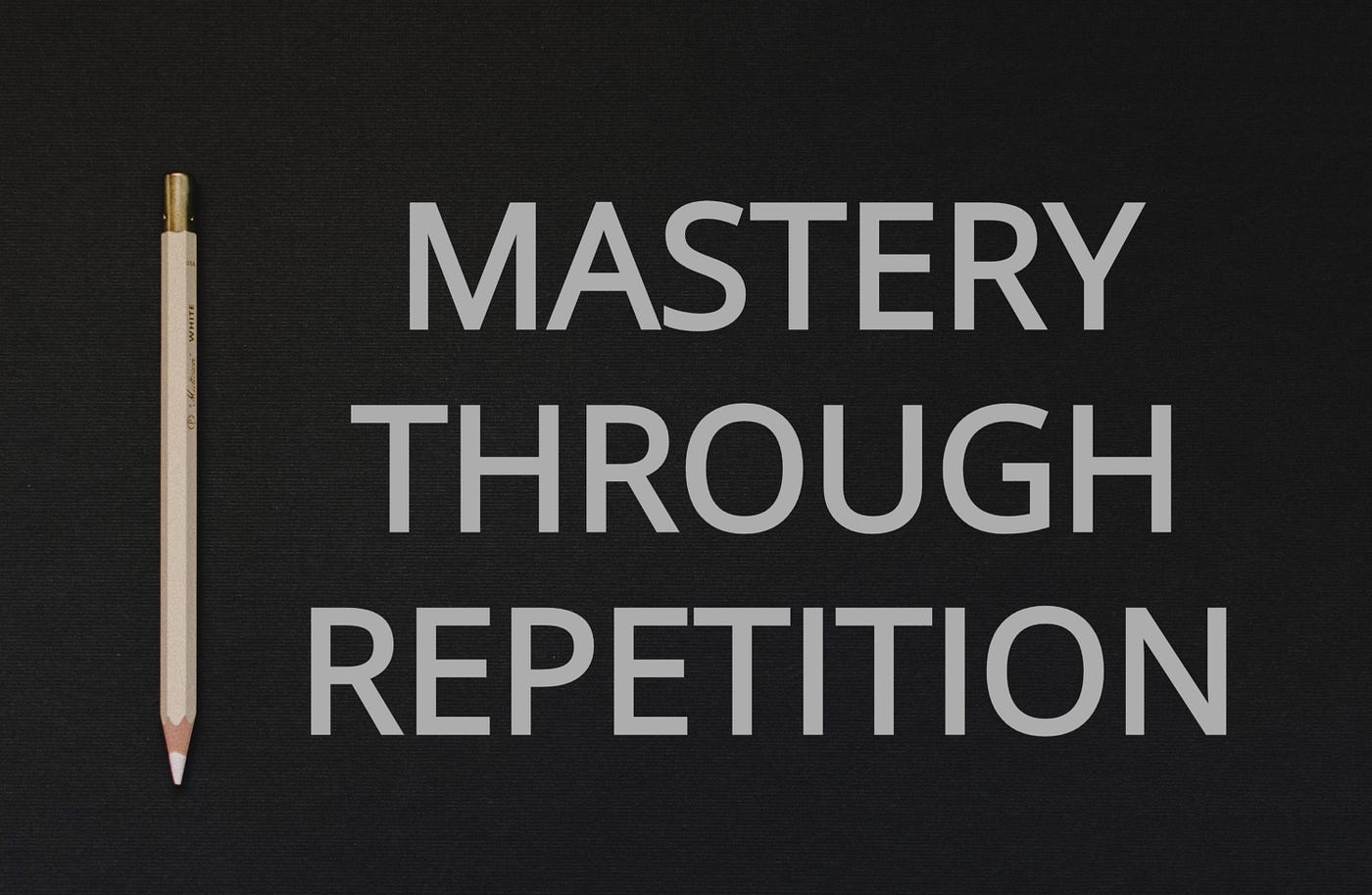PC Records is excited to announce the next coming song by Lifted Serimone Emontonghan, tagged Dream Again, Dropping, on June 8, 2024.
Lifted Serimone Emontonghan is a Nigerian singer and trumpeter whose life has happened over and over again but she will not give up. Dream Again is a song born out of the multiple challenges life keeps throwing at him, especially his divorce.
In the year 2017, the singer and trumpeter were robbed of their fame and glory by their relationship and were faced with giving up or holding on to hope. Dream again is his wake-up call to himself and everyone who has fallen and is struggling to rise up again.
It is possible to dream again.
Dream Again Nigeria
Indeed, the concept of vision extends beyond mere sight. It encompasses the ability to perceive a purpose, a direction, and a calling that transcends the mundane. As the ancient wisdom of Proverbs 29:18 reminds us, “Where there is no vision, the people perish” 1. This vision is not limited to physical eyesight but rather the inner clarity that propels us forward.
Men with vision are like architects of their own destiny. They construct bridges between aspirations and reality, laying down the blueprint for a meaningful existence. Let’s explore this further:
- The Visionary: A man with vision is not content with drifting through life. He gazes beyond the horizon, imagining possibilities, and then sets sail toward them. His purpose becomes a compass, guiding him through storms and calm seas alike.
- The Sleeper and the Waker: Some men merely exist, caught in the cycle of waking, working, and sleeping. They float along, carried by the tides of routine. But the visionary awakens each day with purpose—a hunger to create, to impact, and to leave a legacy.
- Profit Beyond Currency: While profit often implies financial gain, the true profit lies in fulfillment. Visionaries invest their days in pursuits that enrich their souls, leaving a mark on the world. They understand that life’s ledger isn’t just about dollars; it’s about impact.
- Dreams as Currency: Visionaries trade in dreams. They accumulate them, invest them wisely, and reap dividends of joy, meaning, and connection. Each dream is a seed planted in the fertile soil of possibility.
- The Morning Sun: Just as the sun rises each day, visionaries rise with purpose. They know that every dawn brings fresh opportunities—a canvas waiting for strokes of intention. They dream again, even when yesterday’s dreams seem distant.
So, my fellow travelers on this earthly journey, let us not merely pass by. Let us be architects, dreamers, and visionaries. For in the tapestry of existence, it is the threads of purpose that weave the most vibrant patterns.
Dream on, my friend. Dream boldly, and may your visions shape the world around you. ????
Patience Kefas Drops A New Song And Highly Anticipated Single
We are greatly excited to present to you (Grace by Patience Kefas) a new single dropping on April 26, 2024.
This song was born from a heart of thankfulness. The writer stated that the progress attained in such a short period could only be God at work.
Get your derivatives and data ready to stream, download, comment on, and like on your favorite platforms.
Subscribe to our social media channels for updates.
Together, we will reach the world.
Latest Nigerian Singer Trending Single
Fatimo Omowunmi Bakare, popularly known as Multi-Success, is a Nigerian gospel singer. She was born in Shagamu, Ogun State, Nigeria. She was surrounded by love and support from her family growing up, who were a respected Muslim family.
As she grew older, she discovered she had a passion and call in the music ministry without attending a church but was a believer in Jesus Christ. She tried switching to a Christian lifestyle because of her religious background. But however, it was difficult, as she did not want to be disowned by her father. Ten years after her graduation as a health practitioner, it still could not work until she heard a call from the Holy Spirit saying, “I want your message as a Christian singer; do not switch.” For a few years, she was perplexed but yielded to the voice of the Holy Spirit.
With her latest release, Titled Alasepe Mi, featuring Adeyinka Alaseyori, she is reaching the world with good news.
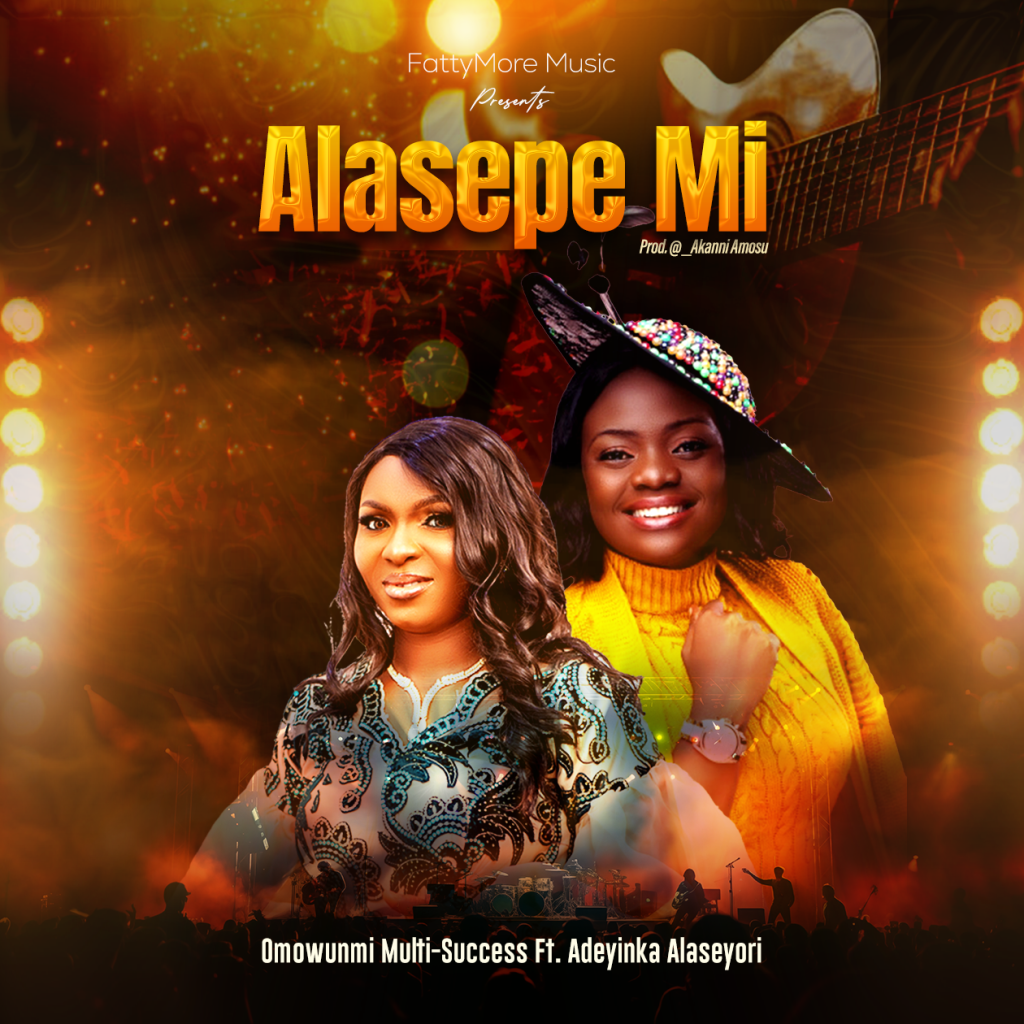
The Meaning’s Of Love Today
What is love?
Love is a complex and multifaceted emotion that can manifest in various forms, including romantic, familial, or platonic connections. It involves deep affection, care, and a sense of attachment between individuals.

The word love is a wonderful word that carries different meanings to different individuals and cultures in different cultures. There is a need to pay close attention to what love is in different seasons of life.
The concept of love has deep historical roots and has been explored in various cultural, philosophical, and religious contexts. In ancient Greek philosophy, different types of love were distinguished, such as agape (unconditional love), eros (romantic love), and philia (deep friendship).
Throughout history, love has been a recurring theme in literature, art, and mythology, reflecting diverse cultural perspectives. In religious traditions, love often plays a central role, such as in the Christian emphasis on love as a fundamental virtue.
The understanding and expression of love have evolved over time, influenced by societal norms, cultural changes, and individual experiences, and it remains a rich aspect of the human experience.
Let’s now look at the different types of love to avoid the misuse of words.
Types of love
1. Eros: Romantic Love
Eros is associated with passionate, romantic love characterized by desire and attraction. It often involves physical and emotional intimacy, as seen in romantic relationships.
2. Agape: Unconditional Love
Agape represents selfless, unconditional love. It transcends personal gain and involves a deep, compassionate concern for others, often associated with altruism and empathy.
3. Philia: Deep Friendship
Philia refers to deep, genuine friendship and camaraderie. It’s based on mutual respect, shared values, and companionship, commonly found in close friendships.
4. Storge: Familial Love
Storge is familial love, often linked to the natural affection within families. It can include the love between parents and children or siblings.
5. Pragma: Practical Love
Pragma is practical love, emphasizing compatibility and mutual benefits in long-term relationships. It involves making compromises and working towards shared goals.
6. Ludus: Playful Love
Ludus characterizes playful, flirtatious love. It often involves a carefree and lighthearted approach to relationships, as seen in the early stages of romance or casual dating.
7. Philautia: Self-Love
Philautia is the love of oneself. It can be healthy self-esteem and self-respect, but it also has negative aspects if it becomes narcissistic or self-centered.
Understanding these types of love provides a framework for exploring the diverse ways in which people experience and express this complex emotion.

Origin of Love
The origin of the concept of love is deeply intertwined with human history and culture. While it’s challenging to pinpoint a specific origin, love has been a fundamental aspect of the human experience throughout various civilizations.
In ancient cultures, the concept of love often had connections to mythology and religious beliefs. The Greeks, for example, had different words for various types of love, as mentioned earlier (Eros, Agape, Philia, etc.), reflecting a nuanced understanding of this complex emotion.
Love has been explored in philosophical and literary works throughout the ages, shaping and reshaping its meaning. Religious scriptures and teachings often emphasize love as a central theme, contributing to cultural interpretations of love.
As societies evolved, so did the understanding and expression of love. It remains a universal and enduring aspect of the human experience, with its origins deeply embedded in our shared history, beliefs, and cultural expressions.
The phrase “God is love” is a theological concept found in various religious traditions, particularly in Christianity. It encapsulates the idea that the nature of God is characterized by love. In the Christian context, this concept is derived from biblical verses, such as 1 John 4:8, which states, “Whoever does not love does not know God, because God is love.”
The understanding is that love is not just an attribute of God; it is considered a fundamental and defining aspect of God’s nature. This theological perspective emphasizes God’s benevolence, compassion, and unconditional care for humanity. The idea is that all expressions of love, both human and divine, find their source in the nature of God.
It’s important to note that interpretations of this concept may vary among different religious traditions, and the phrase is specific to the theological beliefs of those who adhere to it.
@everyone
The Power of Repetition in Performance
Repetition is crucial for learning and memory consolidation for performers and audiences, so we cannot play down its importance during and after performance. When information or actions are repeated, it reinforces neural pathways, making it easier for the brain to recall and retain that information. Repetition has the power to reinforce ideas and concepts, enhance memory and learning, create emphasis and impact, establish patterns and rhythms, elicit emotional responses, and influence opinions and behavior.
Additionally, repetition can help to make information more accessible and familiar, increase engagement and comprehension, and strengthen the overall structure and coherence of a message or piece of writing.
The ability to master the act of repetition
The ability to master repetition varies among individuals and depends on factors like motivation, discipline, and cognitive processes. Some people naturally excel at repetitive tasks, while others may find it challenging. Consistent practice, focused attention, and a clear understanding of the desired outcome can enhance one’s ability to master the act of repetition over time.
The repetition of lyrics in music plays a crucial role in enhancing the overall impact and meaning of a song.
Here are some reasons why repetition is important in lyrics:
1. Emphasis and reinforcement: Repeating a particular line or phrase emphasizes its significance and reinforces its message. It allows the artist to drive home a specific idea or emotion, making it more impactful and resonant with the listener.
2. Connection and familiarity: Through repetition, listeners become familiar with the lyrics and can develop a deeper connection to the song. It creates a sense of comfort and recognition, as repeated lines become like a musical motif that ties the song together.
3. Emotion and intensity: Repeating certain words or phrases can intensify the emotions being conveyed in a song. By emphasizing and repeating powerful lyrics, artists can evoke stronger emotional responses from their audience.
4. Unity and cohesiveness: Repetition helps create unity and cohesiveness within a song. By repeating certain lines or themes, artists can weave a consistent thread throughout their lyrics, contributing to the overall structure and narrative of the song.
Chanting: Chanting is a common practice in many spiritual traditions, including Christianity, Buddhism, and Sufism. The repetition of sacred words or phrases, often accompanied by rhythmic music or movement, is believed to create a meditative and trance-like state, allowing the practitioner to connect with the divine, deepen their prayer or meditation experience, and awaken their spiritual consciousness.
Overall, repetition in lyrics serves many purposes, including catchiness, emphasis, emotional impact, familiarity, and unifying the song. It plays a significant role in creating memorable and powerful music.
The spiritual significance of repetition varies across different religious and spiritual practices. Here are a few examples: Overall, the spiritual significance of repetition lies in its ability to create rhythm, focus, and intention, as well as to quiet the mind and open the heart to spiritual experiences. It can provide a pathway to transcendence, connection with the divine, and union with one’s higher self.
Disadvantages of repetition
One disadvantage of repetition is that it can lead to boredom or a lack of interest. When something is repeated too often, it can become tedious and predictable, which may cause individuals to lose their focus or engagement with the material.
Another disadvantage is that repetition can hinder creativity and innovation. It can restrict thinking to a predefined set of patterns or ideas, preventing individuals from exploring new perspectives or approaches.
Additionally, excessive repetition may also lead to a lack of learning retention. When information or tasks are repeated without variation, the brain may not encode the information as effectively, making it harder to remember or apply in the future.
Furthermore, too much repetition can create a sense of staleness or monotony, which can negatively impact motivation and productivity. When tasks or activities are continuously repeated without variation, individuals may struggle to find meaning or enjoyment in what they are doing.
Lastly, repetition can be time-consuming. Repeating tasks or information unnecessarily can waste time and effort that could have been allocated to more productive or meaningful activities. It can also lead to a decrease in overall efficiency and effectiveness.
To strengthen the focus on repetition, one can implement the following strategies:
1. Create a structured routine: Establishing a consistent schedule and allocating specific time slots for repetitive tasks can help train the mind to focus during those designated periods.
2. Set specific goals: Clearly define the objectives or outcomes you aim to achieve through repetition. Having a specific target in mind can enhance focus and motivation.
3. Break it down: If a task or concept feels overwhelming or monotonous, break it down into smaller, manageable parts. Focusing on one step at a time can make the repetition more manageable and less overwhelming.
4. Use different modalities: Incorporate different senses or learning styles when engaging in repetitive activities. For example, if you’re trying to memorize information, read it aloud or create visual aids to reinforce the learning process.
5. Find motivation and purpose: Connect the repetitive task to a larger goal or purpose to maintain focus and engagement. Understanding why repetition is necessary and how it contributes to a greater outcome can help sustain motivation.
6. Seek feedback and reflection: Regularly evaluate your progress and identify areas for improvement. This self-reflection can help maintain focus by providing a sense of purpose and direction.
7. Introduce variation: While repetition is important in certain contexts, introducing slight variations in the task or approach can help prevent boredom and maintain focus. Experiment with different techniques or methods to keep things fresh.
8. Take breaks. Break up longer periods of repetition with short, rejuvenating breaks. Stepping away from the task for a few minutes can help restore focus and prevent mental fatigue.
9. Practice mindfulness techniques: Incorporate mindfulness exercises, such as deep breathing or meditation, to improve concentration and focus. These techniques can help calm the mind and enhance awareness of the present moment. Remember that everyone’s optimal level of repetition may vary, and it’s important to find a balance that works for you.
One type of repetition that one should avoid is redundant repetition. This occurs when the same idea or piece of information is repeated in a way that adds no new value or insight to the text. It can make the writing boring, dull, and monotonous for the reader.
The big question is: what should you do repeatedly, and how do you need to repeat it? So many do not realize that the big picture they admire and desire is the place of rehearsal, and I do not know anything that can be more boring than the hours and days most spent in the place of practice, if the bigger glory will be reached.
Repeat all repeatable with a purpose.
Stage Fright And How To Overcome It
Stage fright, or performance anxiety, has a long history dating back to ancient times. The Greek term “agoraphobia” was used to describe a fear of public spaces, and this fear extended to performing in front of an audience. In the Middle Ages, actors faced the challenge of performing on open-air stages, exposing them to the scrutiny of large crowds.
During the Renaissance, with the revival of theater, stage fright became a documented phenomenon. Shakespearean actors, for instance, were known to grapple with anxiety before performances. Over the centuries, as the performing arts evolved, stage fright continued to be a prevalent issue for actors, musicians, and public speakers.
Psychologists and researchers have explored the psychological aspects of stage fright, linking it to factors such as fear of judgment, social anxiety, and heightened self-awareness. Despite advancements in understanding, stage fright remains a common experience, affecting performers across various disciplines. Techniques such as relaxation exercises, visualization, and cognitive-behavioral strategies have been developed to help individuals cope with stage fright.
Stage fright management refers to the techniques and strategies used to overcome or manage the feelings of anxiety, nervousness, or fear that can arise before or during a stage performance or public speaking engagement. Stage fright, also known as performance anxiety, can affect performers of all levels, from beginners to seasoned professionals. Effective stage fright management can help individuals perform at their best and reduce the negative impact of anxiety on their performance. Here are some common stage-fright management techniques:

Deep breathing: Practice deep breathing exercises to calm the nervous system and reduce anxiety.
Positive self-talk: Replace negative thoughts with positive affirmations and self-encouragement.
Visualization: Imagine yourself performing successfully and receiving positive feedback from the audience.
Physical warm-up: Engage in physical warm-up exercises to release tension and physical energy.
Rehearsal and preparation: Thoroughly rehearse your performance or speech to build confidence and familiarity with the material.
Progressive muscle relaxation: Practice relaxing each muscle group in your body to reduce tension and promote relaxation.
Focus on the audience: Shift your attention from yourself to the audience, focusing on how you can connect with and engage with them.
Utilize relaxation techniques: Try techniques such as meditation, guided imagery, or mindfulness to promote relaxation and reduce anxiety.
Seek support: Talk to a trusted friend, mentor, or therapist about your stage fright and seek their guidance and support.
Gradual exposure: Gradually expose yourself to performing in front of smaller audiences or in low-stakes situations to build confidence over time.

Remember that stage fright is a common experience and that you are not alone in facing it. With practice and the use of these management techniques, stage fright can be effectively managed, allowing performers to deliver their best performances.
Although stage fright can be uncomfortable and challenging to deal with, it also has some advantages:
Increased focus: Stage fright can heighten your focus and concentration on your performance. When you are nervous, you are more likely to pay attention to every detail and give your best effort.
Improved performance: While stage fright can initially hinder your performance, it can also serve as a motivation to practice more and work harder. This can lead to improved performance as you dedicate extra time and effort to overcome your anxiety.
Adrenaline rush: The surge of adrenaline that comes with stage fright can actually boost your energy and excitement on stage. It can make your performance more dynamic and engaging as you tap into the rush of adrenaline and channel it into your performance.
Learning experience: Successfully managing stage fright can provide you with a valuable learning experience. It can help you develop resilience, self-confidence, and the ability to handle stressful situations not just on stage but in other aspects of your life as well.
Personal growth: Overcoming stage fright can lead to personal growth and a sense of accomplishment. It can boost your self-esteem and give you a sense of empowerment, knowing that you were able to conquer your fears and perform in front of an audience.
Connection with the audience: Dealing with stage fright can make you more relatable and human to the audience. It allows them to see your vulnerability and can help create a connection or empathy with the audience.
Building character: Managing stage fright builds character and develops skills such as resilience, determination, and problem-solving. It can help you develop a strong work ethic and the ability to persevere in challenging situations.
It’s important to note that while stage fright can have these advantages, it is still essential to work on managing and overcoming it to ensure that it does not negatively impact your performance. With practice, support, and effective stage fright management techniques, you can harness the benefits of stage fright while minimizing its drawbacks.

The waste record from a negative effect of stage fright on a renowned artist
One notable case of stage fright affecting a renowned artist is Barbra Streisand’s experience during a 1967 concert in Central Park. The performance was a high-profile event, and Streisand, despite her successful career, experienced intense anxiety and stage fright.
The negative impact was evident as she forgot lyrics, struggled with her vocal performance, and even broke down in tears on stage. The media covered the incident extensively, magnifying the impact of her stage fright on her reputation at that moment.
However, it’s important to note that Streisand’s career ultimately persevered, and she continued to achieve remarkable success despite this setback. This event serves as a reminder that even accomplished artists can grapple with stage fright, highlighting the psychological challenges that performers may face throughout their careers.



